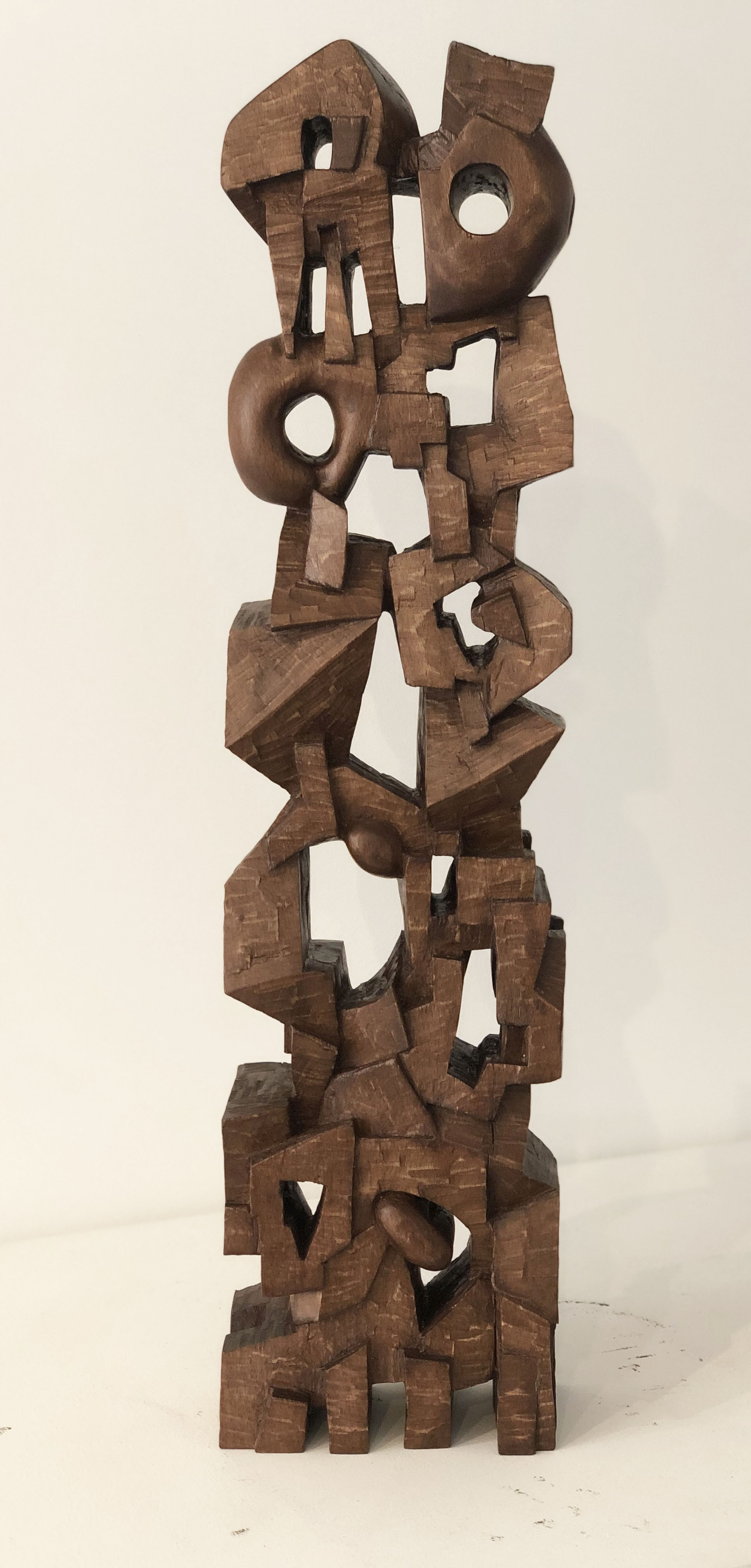Saleh Barakat on
Contemporary Arab Art, the Lebanon,
the Importance of Multiculturalism,
and Art as an Expression for Change

Dedicating his life to art and culture, Saleh Barakat's attentive eye to art is guided by enthusiasm and conviction for a strong belief that art can play a central role in our lives and society.
Nurturing and encouraging young and mid-career artists and highlighting established ones, Barakat’s loyalty to art and artists, engages with the landscape of the Lebanon, across the Levant and the Arab world, exhibiting through his galleries and beyond, and representing a number of artists that are all artistically unique and accomplished.
The MENA region’s art, is full of diverse richness and magnificent artistry, baring witness to both lived trauma as well as to its glorious, broad and substantial culture. An art that carries much emotion, nostalgia, war reference, political analysis and future hope. Championing and playing a central role for art from the Arab world, as well as the beginning of Lebanon’s artistic revival, Saleh Barakat was a key player in defining an art platform in Lebanon towards the end of the Civil War, founding in 1990 Agial Art Gallery, and later the Saleh Barakat Gallery in 2016, recently comprised of the space The Upper Gallery for small scale exhibitions.
Barakat, has spent much of his life committed to art from Lebanon and the MENA region, despite the many tribulations his homeland Lebanon has gone through. A country that has encountered its fair share of ups and downs, wars, an economic collapse, and a colossal devastation on the 4th August 2020.
The art has never seised impressing, with an array of artists the Saleh Barakat Gallery presents, their art shining a light on both the roses and the thorns, the struggles and the delights.
Barakat has never stopped advocating, rebuilding, exhibiting, curating a number of substantial exhibitions, guiding, and highlighting art, steering it with great effect. For Saleh Barakat, art is an expression, one of change, one of healing, one of passion, and one that can stand up for people, showcasing the beauty of diversity and of multiculturalism.
With years of experience and expertise in contemporary Arab art, the knowledge Barakat carries has paved the way for helping the artists from the region.
We spoke to Saleh Barakat about his thoughts, path, the Lebanon, exhibitions, MENART FAIR, and dedication to art.
What first drew you to art and why did you want to open an art gallery in Lebanon?
I truly believe that culture is a major component that helps a society and community to progress and move forward. That is why I wanted to be in that field. I don’t think of art as just a market or an investment, art is mostly and foremost an expression for change.
In the 1990’s when I took the decision that I needed to stay in Lebanon for my family, for my mother and my father, I knew then, that I wanted to work in a domain that could give an added value to the country I grew up in, though it had many problems. From the very beginning, throughout all this time, there was a feeling that it was a failed state, and yet it is a place I feel I belong.
Towards the end of the Civil War, there was not one single art gallery opened in Beirut. No one was championing the artists of Lebanon or of the Arab world.
Back then it was more complicated to do so, the Gulf was still developing, Syria, Iraq and Egypt’s political systems did not lend themselves to that, and Beirut which was coming out of the Civil War, had, previous to the war, consisted of a small platform for the arts; so I thought that needed to be redeveloped.
Staying in Lebanon was also a stance to maintain my Levantine identity that I am still holding on to today in spite of everything that is happening.
A multiconfessional identity which I stand up for and feel part of. My family and colleagues are all of diverse backgrounds and ethnicities. This is how it should be, and from my perspective how it has always been, we represent diverse artists from all over the Arab world and I work with people from all faiths and religious beliefs.
Art was and is a way to defend this pluralist society, and safeguard that multiconfessional identity.
You have highlighted a great deal of talented artists and seen the art scene develop a lot
Despite everything that had been happening in the Lebanon, through careful planning, I had consciously thought of how to help and develop part of the art scene into becoming what it needed to be to highlight the many talented artists.
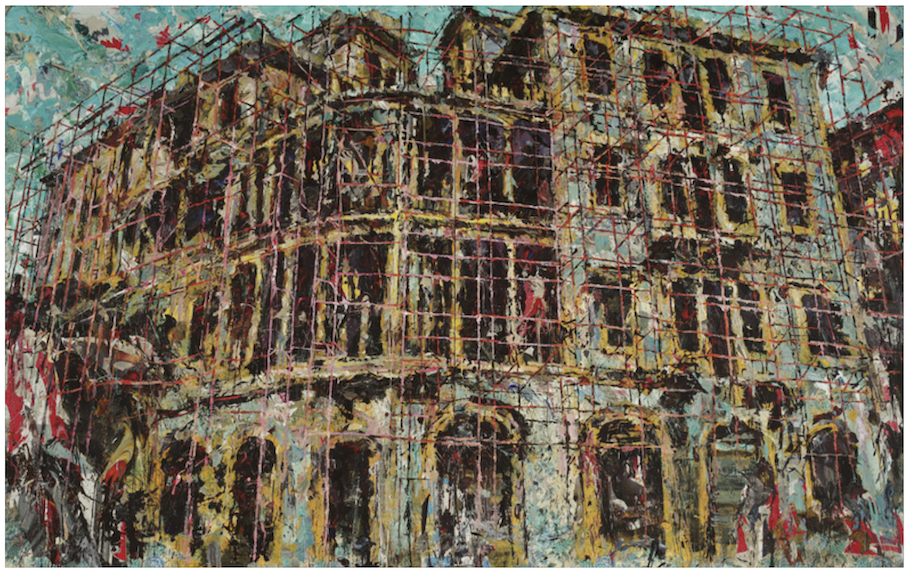
Ayman Baalbaki, 'Barakat Building', mixed media on canvas, 2016, 250 x400 cm @ Saleh Barakat Gallery
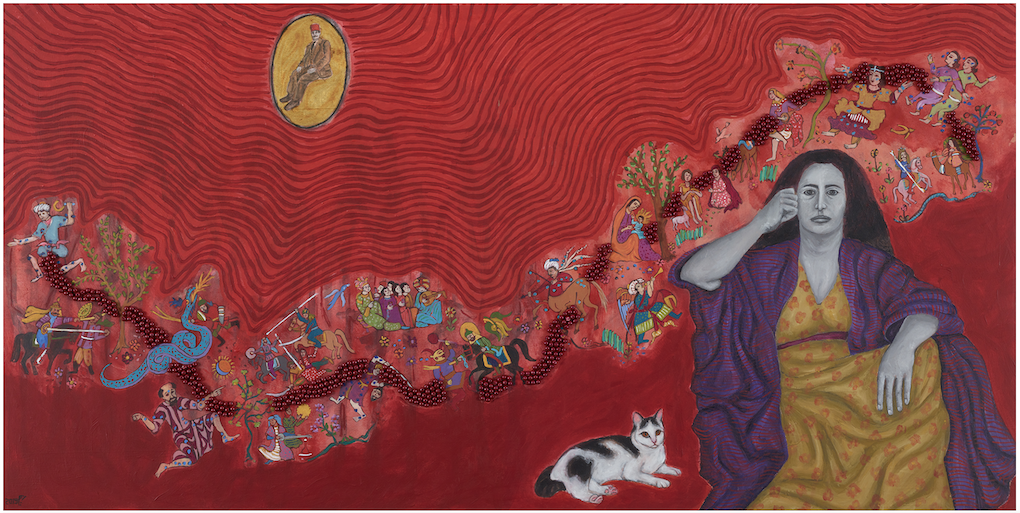
Rim El Jundi, 'The Storyteller', mixed media on canvas, 2019, 75 x150 cm @ Saleh Barakat Gallery
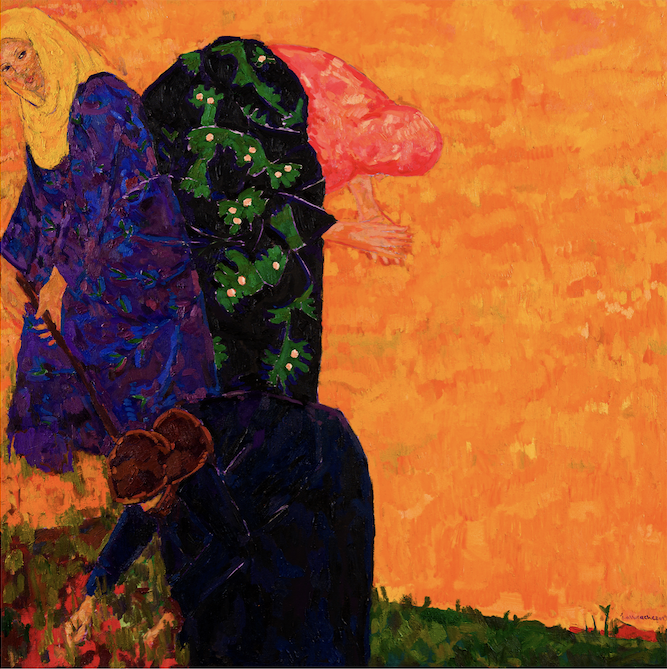
Anas Albraehe, Mother Earth, 2020, oil on canvas, 2019, 150 x 150 cm @ Saleh Barakat Gallery
What appeals to you in an artwork?
It's a complex question; after 30 years, there’s much experience that comes into it. It’s really a medley of things that fall into place and come together to render an artwork appealing.
I look for artists who use art as a form of expression, an expression for change, but without compromising on artistic quality.
Is talent enough for an artist?
Talent is definitely extremely important but it’s not enough. It has to be combined with culture, education, perseverance, hard work and seriousness. That formula really makes for a brilliant artist.
You have curated many exhibitions, notably in 2009 'The Road to Peace: Paintings in Times of War, 1975-1991'. Can you share with us your thoughts on art for peace, peace and art, and how from your perspective they can link.
Back then, I really wanted to shed a light on artists that produced art during the Lebanese Civil War, because war has never really ended in this part of the world. I was hoping that by exhibiting people’s experience of the Civil War or their points of view, that it would showcase how war is a lose-lose situation; there is nothing to win from it, including today. Humanity enriches itself when it believes in pluralism and diversity, not in war, war is a place one end’s up in, through too many egos. There are always solutions when people’s best interests are placed above anything else. Art and culture are fields where discussion, negotiations and looking at creative solutions could emerge.
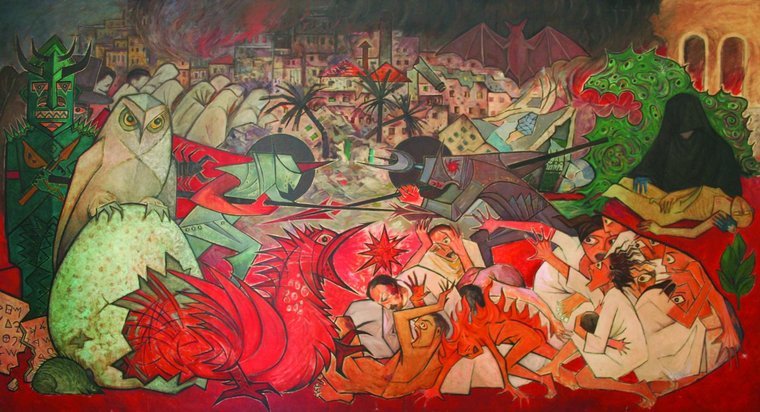
Abdel Hamid Baalbaki, Untitled, 1976, oil on canvas, 82 x 146" @ Saleh Barakat Gallery
Art can be that voice.
And in the challenging and heartbreaking times Lebanon has and is going through.
Without wanting to stir up any raw emotions regarding the 4th August 2020 would you like to share something.
It is really a very unfortunate thing when one comes to the realisation, that humans who don’t believe in pluralism and diversity go into extreme solutions, it can be very painful and mean.
The 4th of august 2020, was one of those moments when you can see everything shattering in a second. It was heartbreaking.
It’s a pity, it’s really a pity, because it takes a long time to build something good, and it takes a second to destroy it.
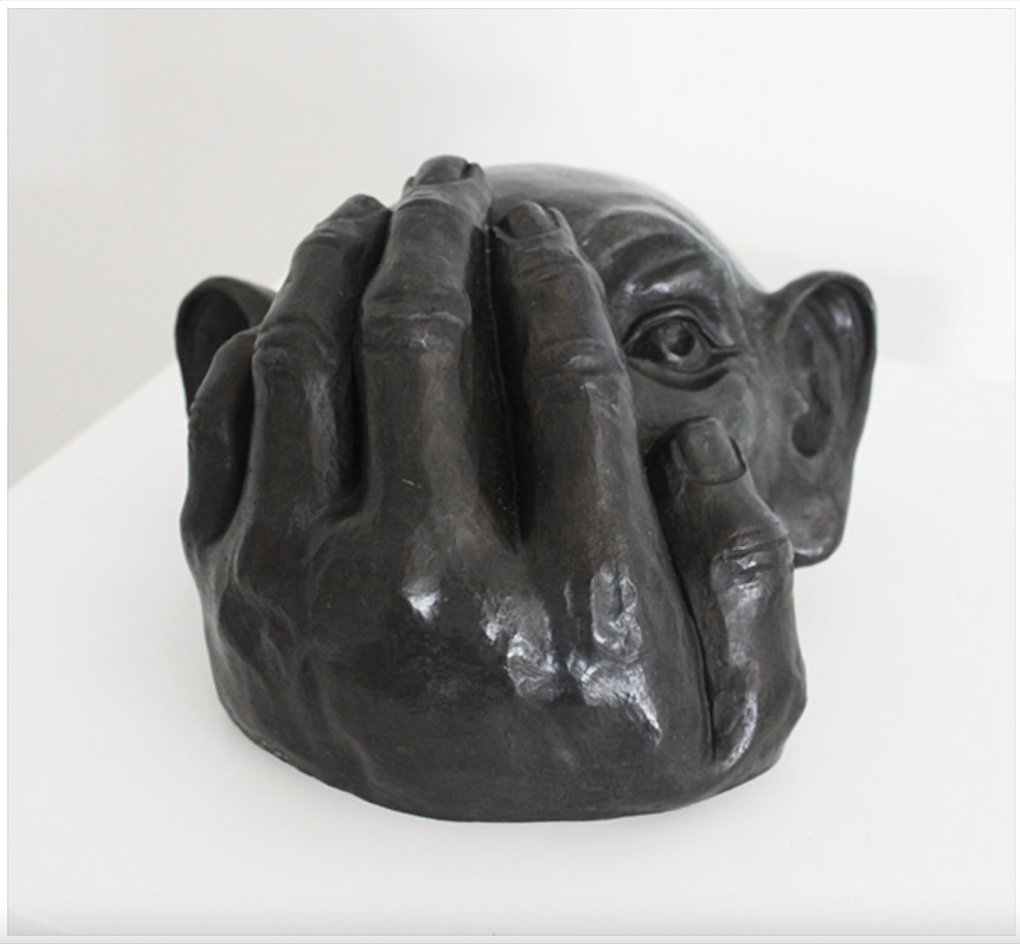
Houmam Al Sayed Untitled, Bronze, 18 x17 cm, edition of 5+ 1 AP. 2016 @ Saleh Barakat Gallery

Hady Sy, the scale of Justice, wood, acrylic, concrete, 110 x 135 cm, 2015 @ Saleh Barakat Gallery
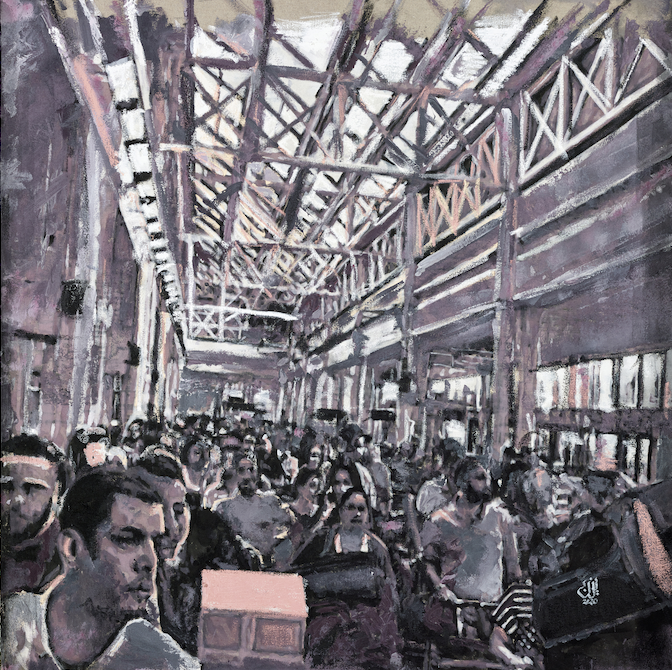
Yazan Halwani, Secondary Income Series, Acrylic and Oil on Canvas, 150 x 150 cm, 2020 @ Saleh Barakat Gallery
You have rebuilt at each crossroad, continuously advocating for art.
What are your hopes for the future of the art scene in Lebanon?
Would you like to see civil society more involved, more state involvement into endorsing creativity, and public spaces opening up for art?
Of course, this goes without saying. Many of us are working on more institutionalization in art.
I think to have a healthy art scene, there needs to be more people involved, more institutions, experts, academic involvement, patronage, specialised publishing houses, and more art criticism.
All of those things together and not one entity, make an art scene develop.
Yes I hope that somehow at least, politicians in Lebanon or elsewhere, understand the importance of creativity for the future of any country, because very soon robots will replace everything and anything that can be robotised, though much art is fusing with technology, creativity itself cannot be replaced. That is the importance of art and culture, in building a future for people.
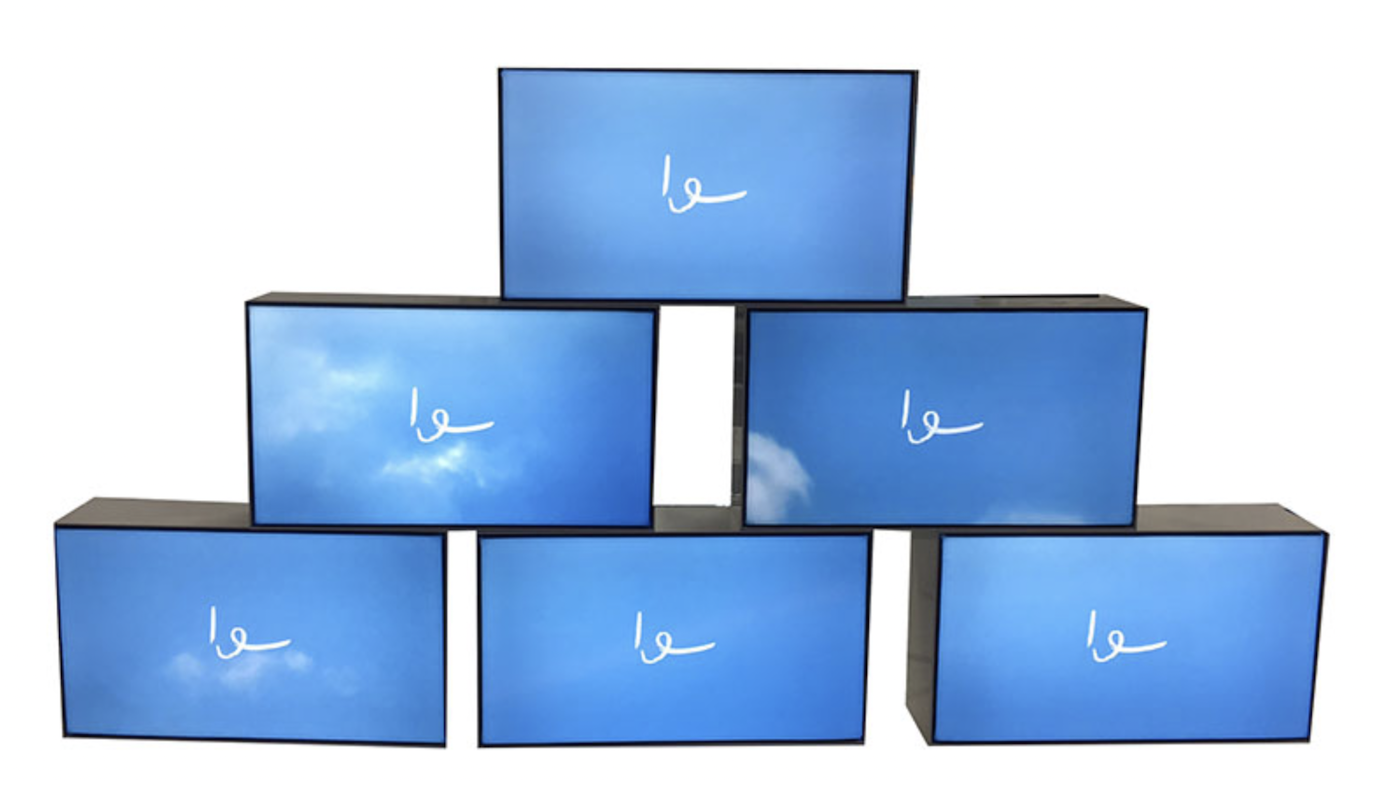
Sara Badr Schmidt, SAWA, Light box, digital picture, printed on canvas, 2017., 36 x20 cm edition of 8 @ Saleh Barakat Gallery
What are your thoughts on social media, has it been a game changer for the art world? Is there a danger that we are all a little bit oversaturated with art, or do you think that could never be the case?
Like everything, there are pros and cons. Nothing is ever one-sided, there is a middle ground, and we often live in that space.
Social media has brought art into a larger sphere, there's more interest towards it. On the other hand, it has also made art over commodified, turning it into more of an investment than anything else, which is something I have less regard for, because I think art is a passion.
Social media has also reduced an aspiration for art expertise, having said that, seeing more and more people highlight art online is good.
Regardless, this forum is present, It has a lot of advantages and many disadvantages, we need to find the right balance.
Has there been an artwork(s) that has left its mark on you?
There are many artworks that have marked me. How to compare or choose between video art, a painting, a drawing, with a sculpture, or an installation, it’s a difficult choice. Furthermore to single out an art period is hard, I believe there is a quality to every type of art and timeframe.
I like when art represents diversity and pluralism. All the arts have their own beauty to give.
You will be present at MENART FAIR what can you share with us about that and who are you exhibiting?
MENART FAIR is one of those initiatives that can highlight the Arab region, achieving a great deal as it grows year by year.
It will take time to show all of the region’s art and culture, but it’s a great place to start.
Being present at MENART FAIR is a way to continue promoting the people and artists I believe in.
Coming to the French market is a good occasion to shed light on those artists, including Afaf Zurayk, who is a one of the pioneer women artists.
Etel Adnan, Huguette Caland and Saloua Raouda Choucair have now achieved prominent status, they are part of the group of women artists that I had and still champion, and some of their works will be present at the fair, as will younger and mid-career artists.
Afaf Zurayk, Untitled, 2022, technique mixte sur toile, 120 x 90 cm @ Saleh Barakat Gallery

Saloua Raouda Choukair, Visual Meter/Ryhme, The Last Series,1994-1996, Aluminium, 62 x 8.5 x 8.5 cm, edition de 6 @ Saleh Barakat Gallery
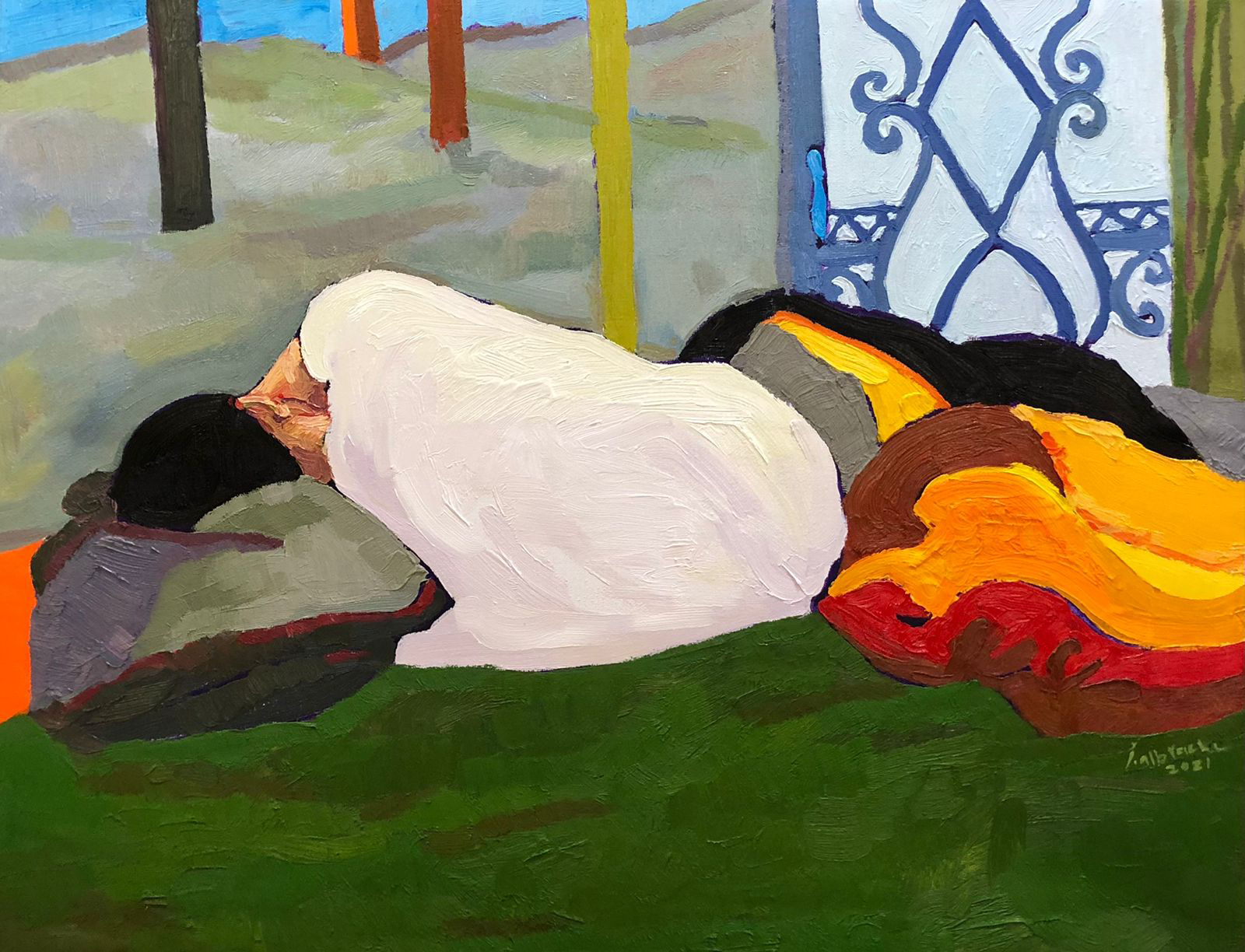
Anas Albraehe, Untitled, 2021, Huile sur toile, 90 x 70 cm @ Saleh Barakat Gallery
Joseph El Hourany, Untitled, 2022, wood, 71 x 18 x 8 cm @ Saleh Barakat Gallery
at MENART FAIR from the 19th to 22nd May at CORNETTE DE SAINT CYR – PARIS
pictures courtesy of Saleh Barakat Gallery
images © Saleh Barakat Gallery and the respective artists
Interview as part of a series Art Breath x MENART FAIR
Saleh Barakat is a Beirut-based gallerist specialising in modern and contemporary art from the Arab world. He founded Agial Art Gallery (1990/1991), and Saleh Barakat Gallery (2016) where he hosts an extensive program of exhibitions and events. On the ground floor of Saleh Barakat Gallery, The Upper Gallery hosts an ongoing series of rotating displays and small-scale exhibitions, spotlighting projects which are experimental or smaller in scale. He has also curated exhibitions elsewhere, including The Road to Peace (2009) at the Beirut Art Center, retrospectives of Saloua Raouda Choucair (2013), Shafic Abboud (2013), Michel Basbous (2014), and Jean Boghossian (2015) at the Beirut Exhibition Center, and he co-curated the first national pavilion for Lebanon at the 52nd Venice Biennale with Sandra Dagher, as well as the itinerant exhibition Mediterranean Crossroads, in collaboration with Martina Corgnati and the Italian Ministry of Foreign affairs. In 2006 he was nominated as a Yale World Fellow. He has lectured at Princeton University, the Metropolitan Museum of New York, the British Museum, Christie’s Education, and most of the academic institutions in Beirut. He served on the steering committee of the Arts Center at the American University of Beirut, and on the founding committee of the Saradar Collection. He has been a board member of the National Unesco since 2015, and currently serves on the advisory board of the School of Architecture and Design at the Lebanese American University and on the advisory board of the faculty of Literature and Humanities in USJ.
.jpg)
Samir Sayegh, Hob, 2019, acrylique sur toile, signé et daté au dos, 150 x 100 cm
.jpg)


